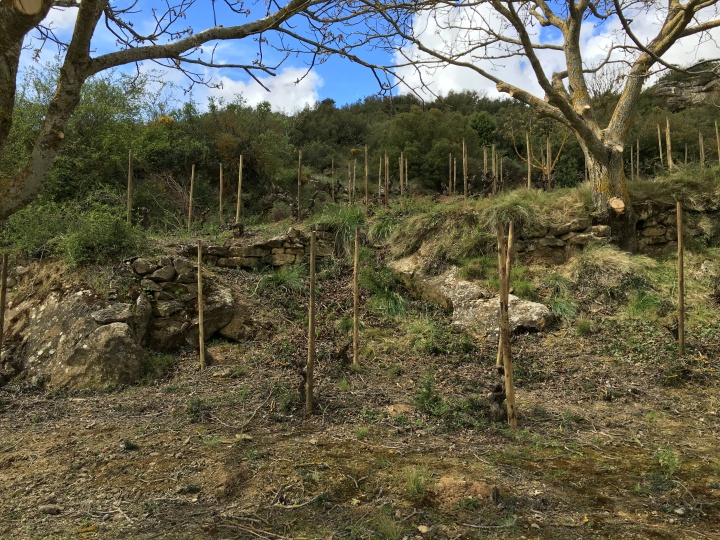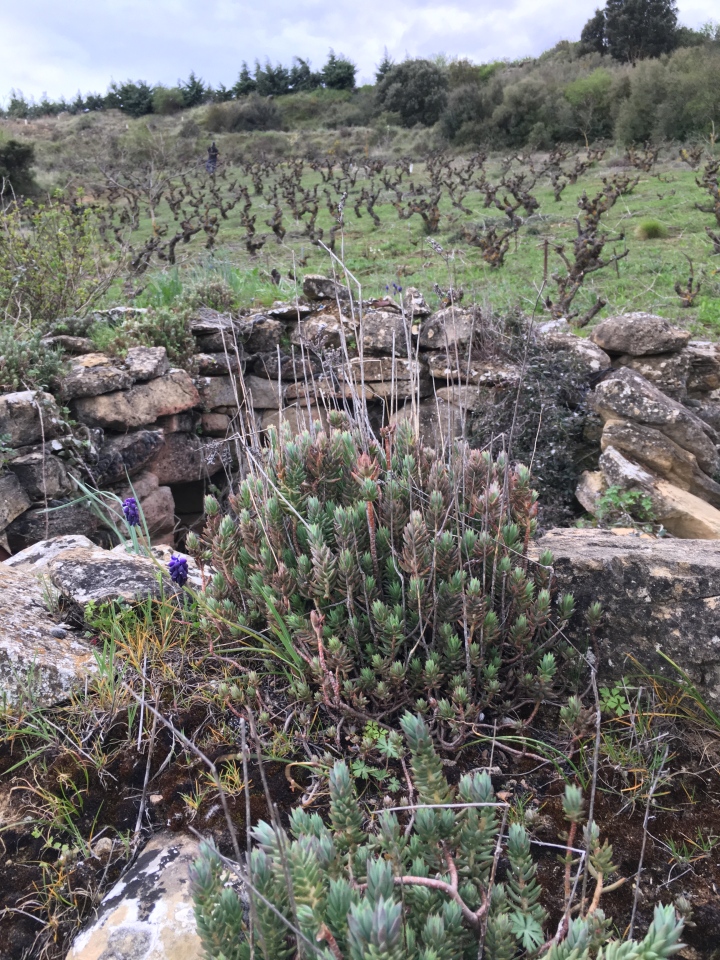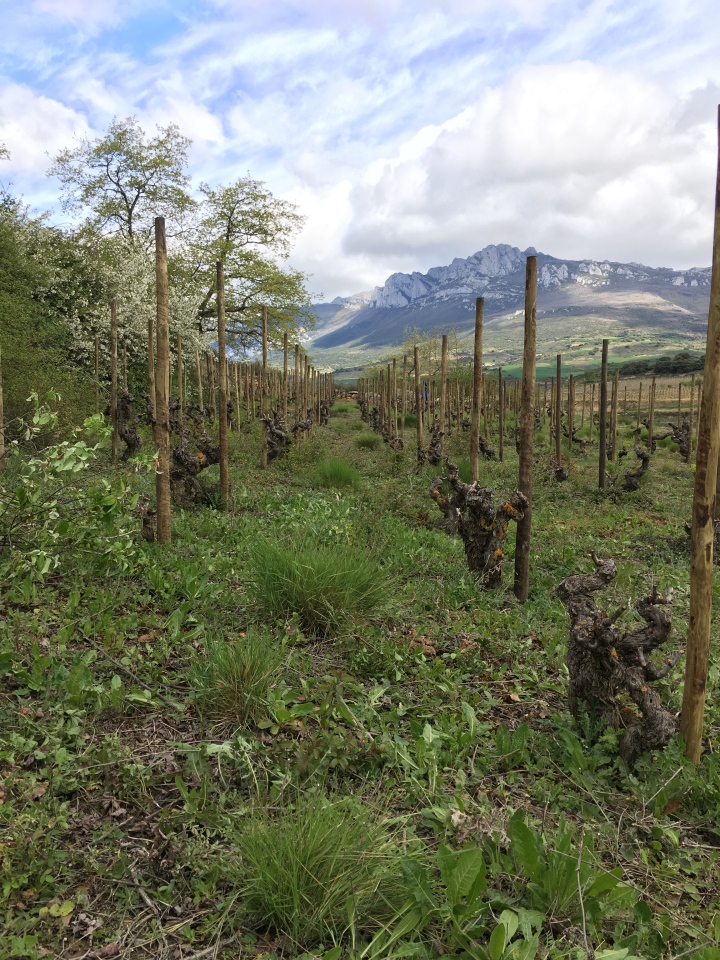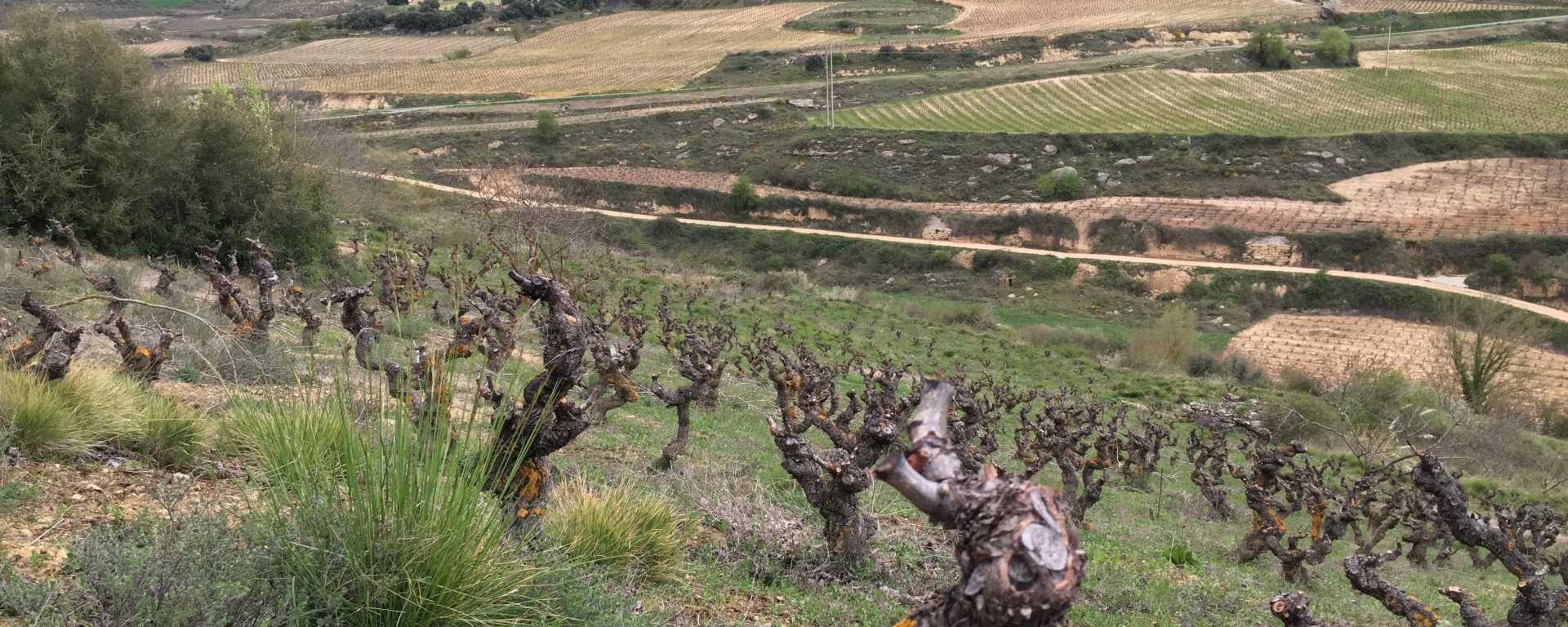“One Man’s Trash is Another’s Treasure”

Shortly after purchasing the Hapa Vineyard, David inquired how much money we had remaining in my retirement fund, to which I quickly replied “ZERO! We cannot afford any more vineyards!” – Yes, I can read his mind – David has a tendency to do “research” while he’s supposed to be exercising, and one day while biking he “stumbled” upon an old vineyard that looked abandoned. He inquired about the owners and found that they had recently submitted paperwork to tear out the vines and use the rights to replant in a flatter more productive area. This old, low production vineyard was a nuisance for them. It was difficult to access and the steep grade and uneven surfaces prevented the use of tractors. Every pass, every treatment had to be applied by hand or with a hand-held machine. But for David, it was love at first sight.

He asked me to “just look” at the vineyard and I agreed thinking nothing could change my mind. My first mistake as I can be equally romantic about these things. Aside from the gnarly old vines, it was stunning – akin to a fairy garden. I could see victory in David’s eyes after reading the expression on my face. In the end, I caved and spent the last of my retirement saving old vines.

Upon signing the final paperwork with the original owner, a man in his mid-80s, I inquired about the age of the uppermost corner. He couldn’t give me an exact date but responded, “My grandfather planted it.” As I picked up my jaw from the table, I did the math and in my rough calculation the vines are approximately 110 to 120 years old and probably planted around the year 1900. People had children much younger back then and David confirmed that the rootstock is American, which limits the age of the vine.

Fortunately, for us, the inability to work this vineyard with tractors poses no obstacle, as the horses were able to work the land with ease. Working with horses has helped us gain a deeper understanding of the soils in each individual vineyard. Alfred, our expert on this matter noted that the soil in this vineyard is comprised primarily of limestone, versus a mixture of limestone and clay (or as he says “cemento”) found in some of our other vineyards.

The secluded location of the vineyards makes it the perfect setting for a truly Biodynamic ecosystem, as its neighbors consist of a steep cliff and rambling brush. There are trees scattered throughout the plot that we have pruned and will maintain along with arteries of retaining walls and a Guardaviña (a vineyard shelter) that we will restore over time.

And finally, the name, San Julian, had David swooning. The French translation is none other than the famous Saint Julien region in Bordeaux.
We’ve decided to produce another single vineyard wine from this parcel due to its unique location, soil, age, and history.


